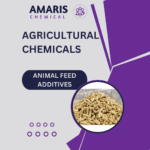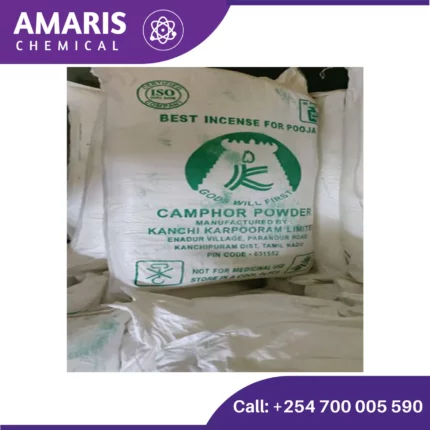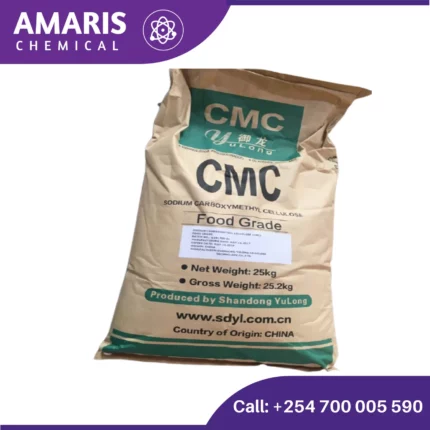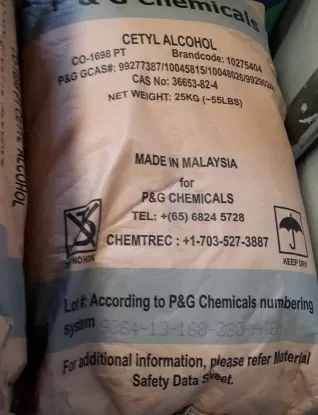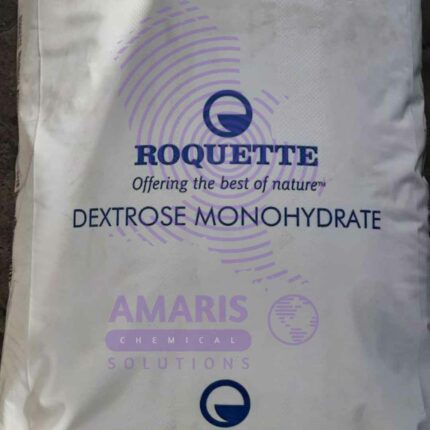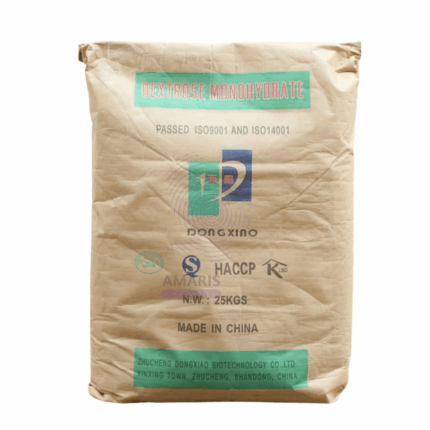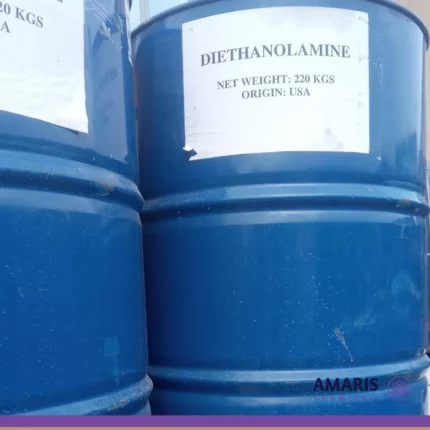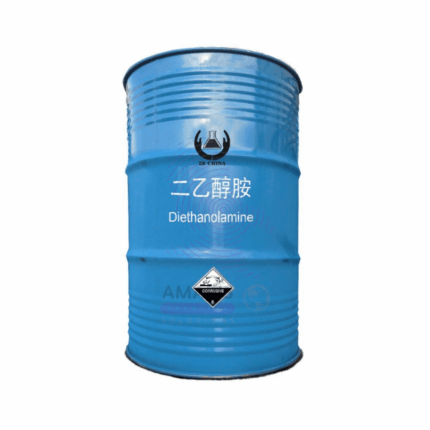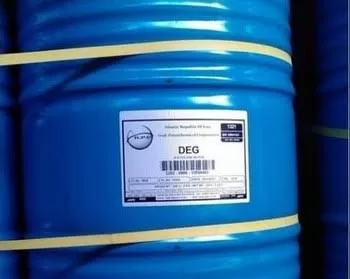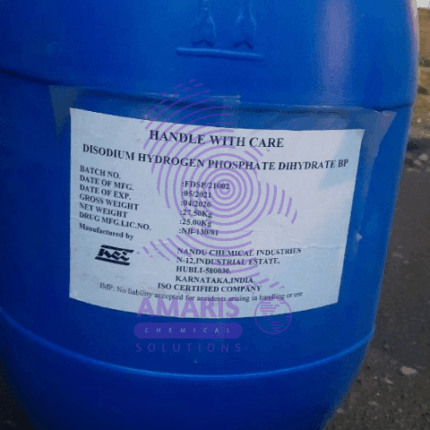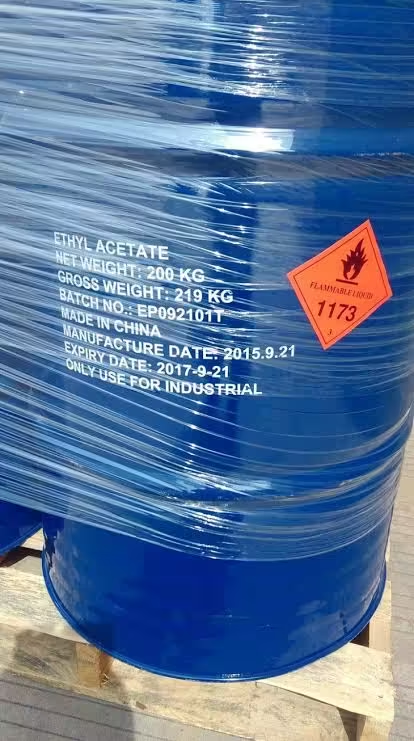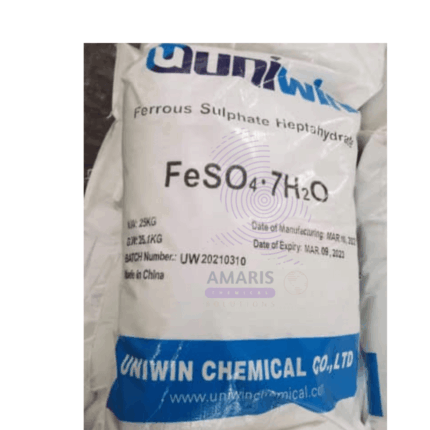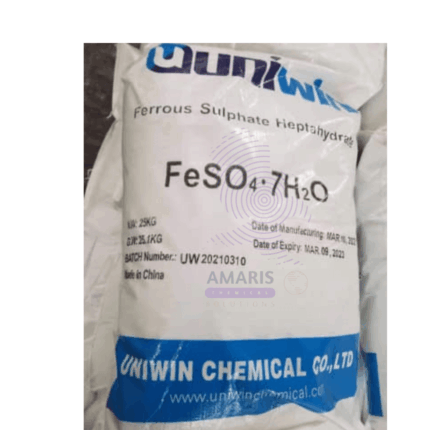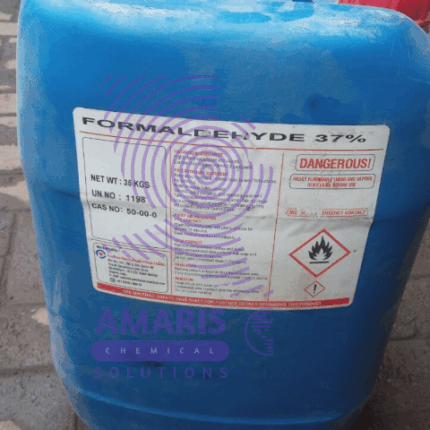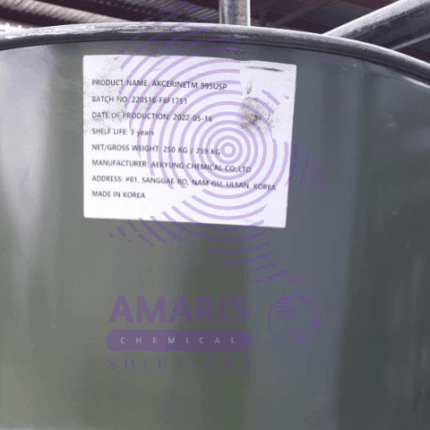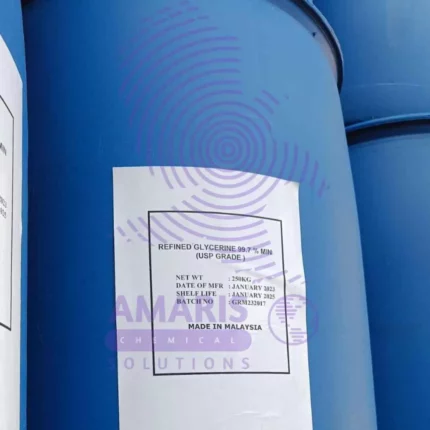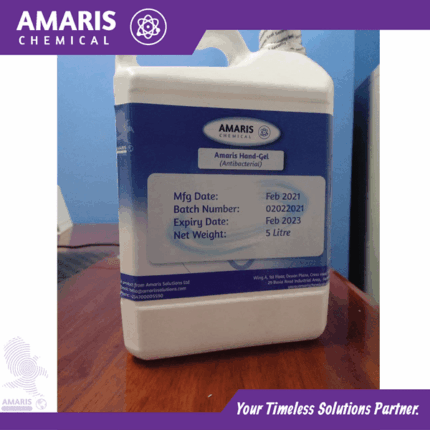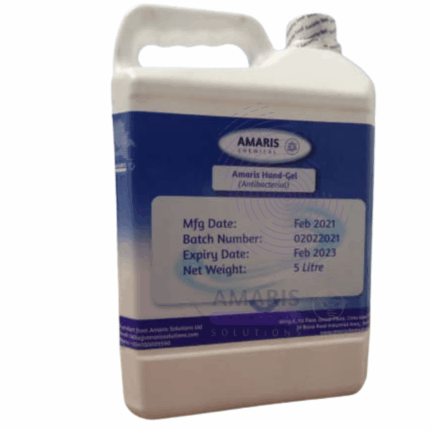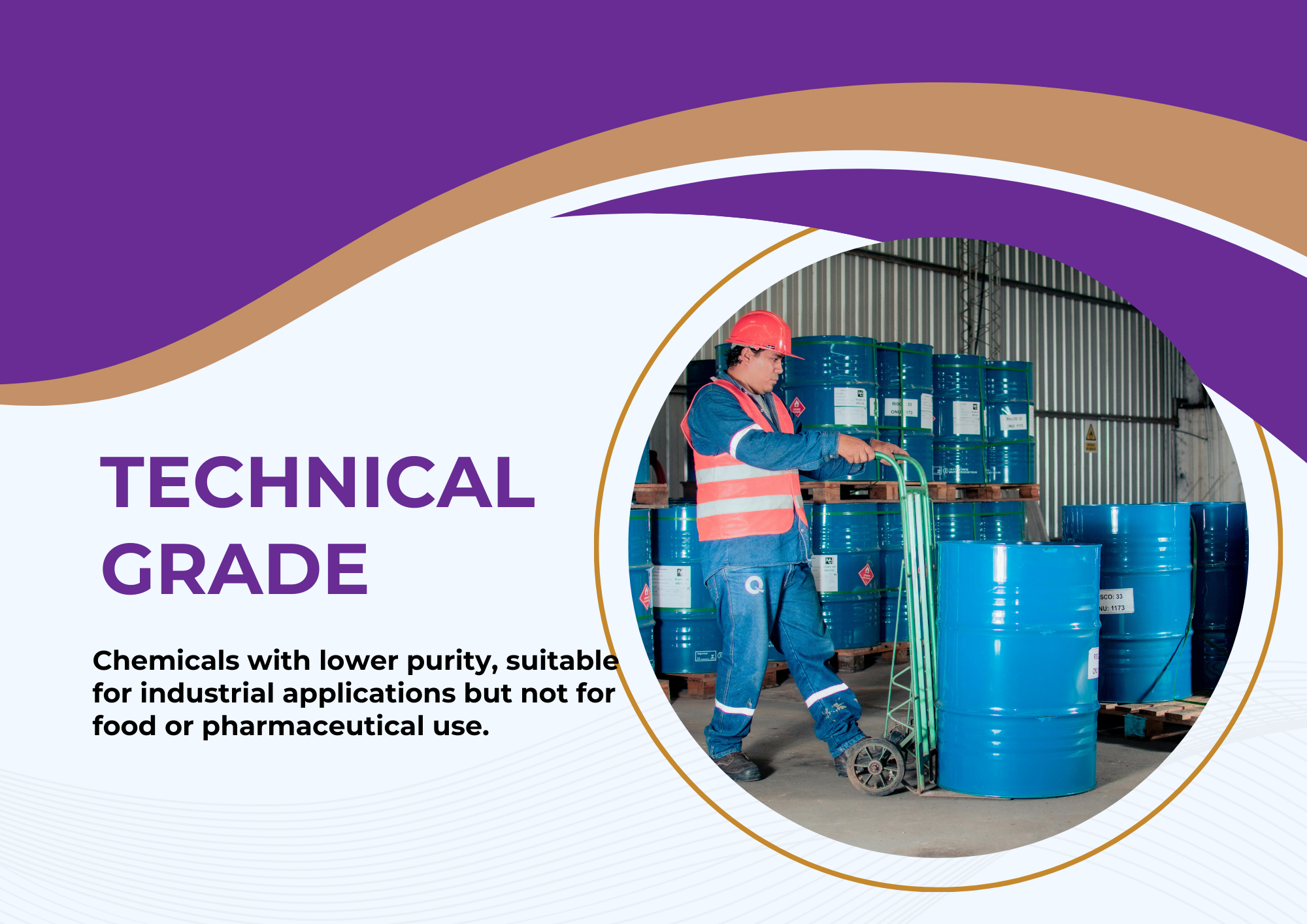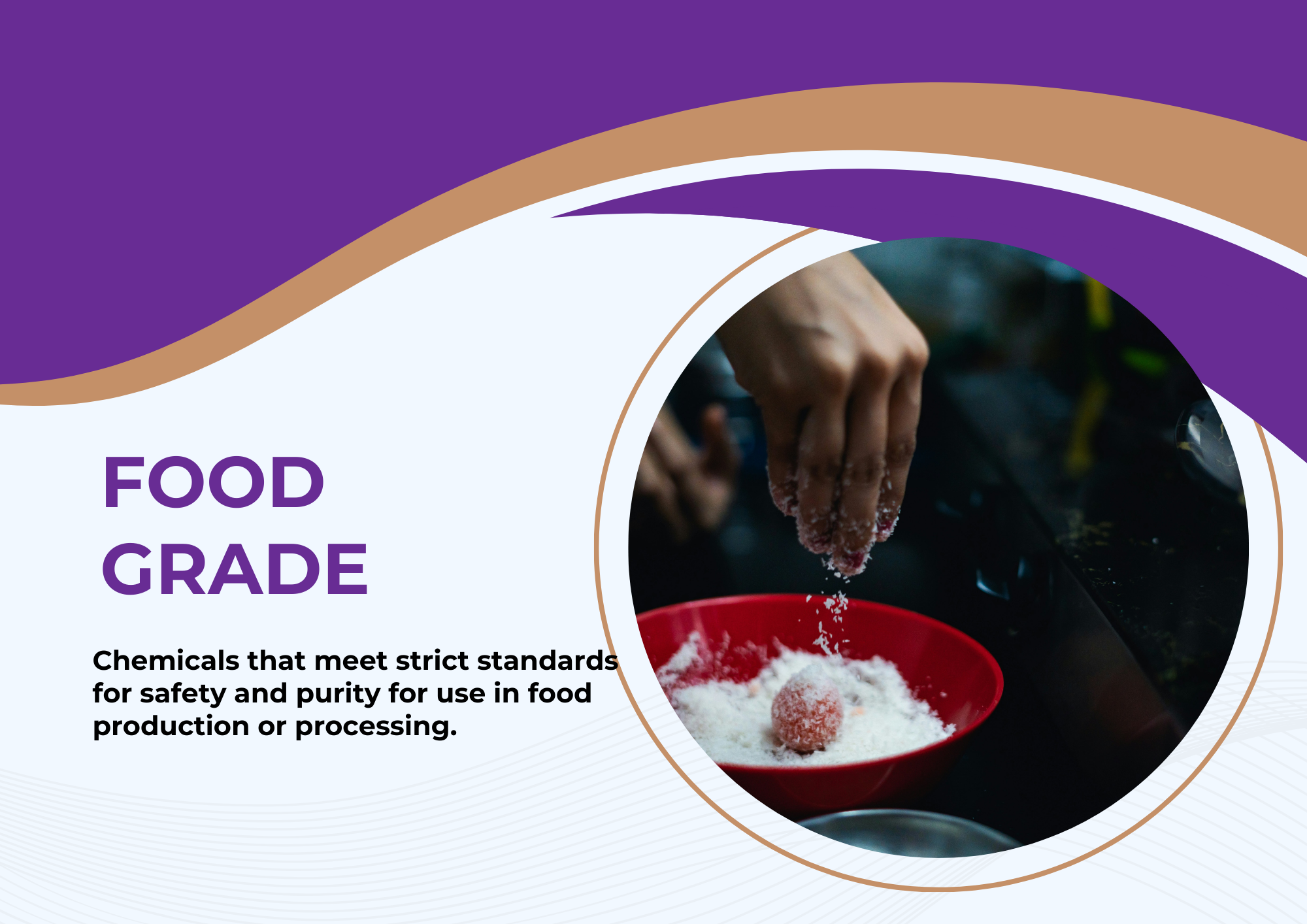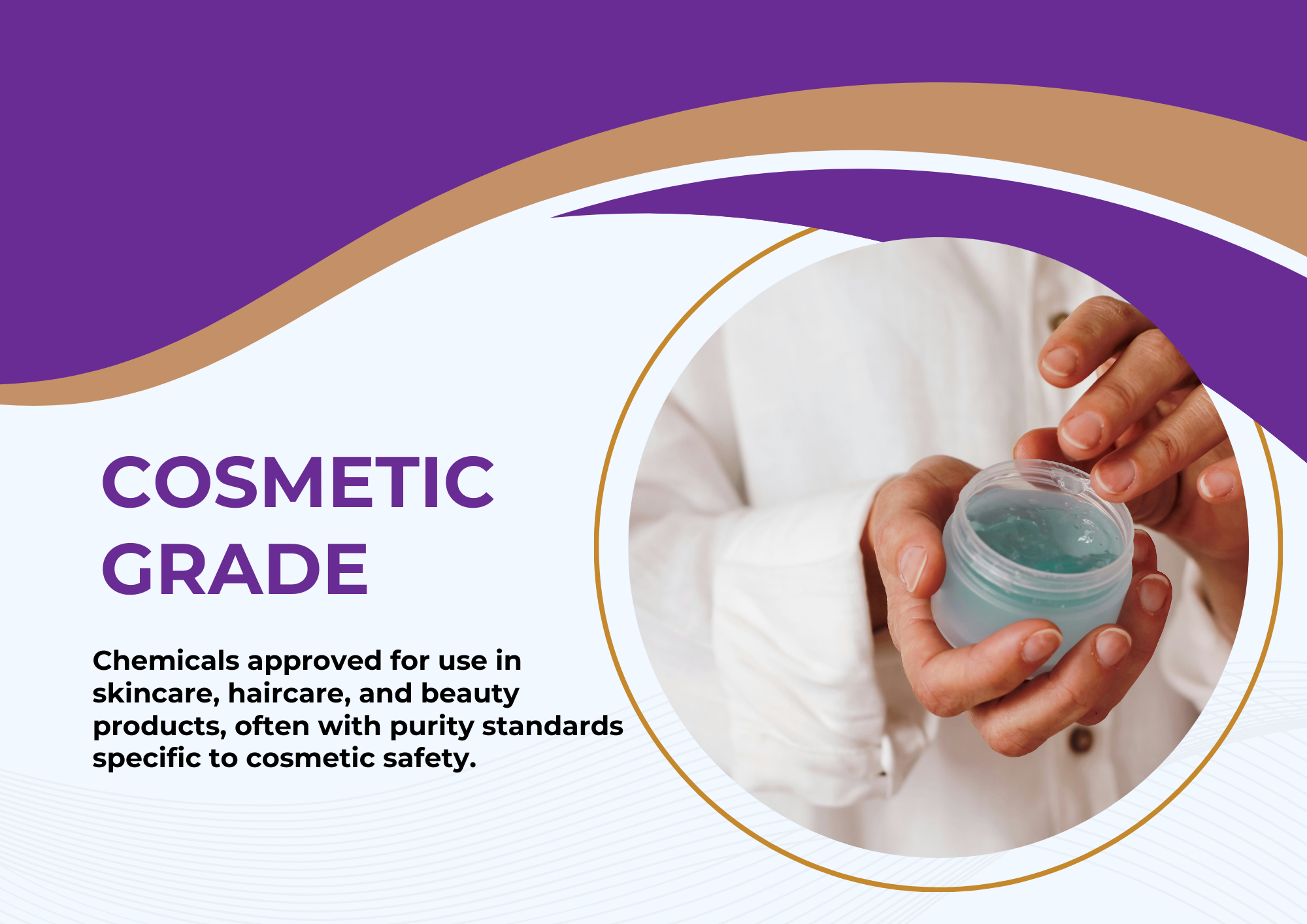CarboxyMethyl Cellulose Food Grade (CMC)
Carboxymethyl cellulose (CMC) is a water-soluble polymer that is derived from cellulose, which is a naturally occurring polymer found in plant cell walls. CMC is produced by chemically modifying cellulose through the addition of carboxymethyl groups, which gives it its unique properties such as high water solubility, thickening ability, and film-forming properties.
CMC is widely used in a variety of industries, including food, pharmaceuticals, cosmetics, and textiles, as a thickener, binder, stabilizer, emulsifier, and dispersant. It is commonly found in food products such as ice cream, salad dressings, and baked goods as a thickener and emulsifier, as well as in cosmetics and personal care products such as toothpaste and shampoo as a binder and stabilizer.
Cetyl alcohol
Cetyl alcohol is a fatty alcohol with the chemical formula CH3(CH2)15OH. It is a waxy substance that is used in a variety of industries, including cosmetics, personal care products, and pharmaceuticals. Cetyl alcohol is commonly derived from vegetable oils such as coconut or palm oil, and is often used as an emulsifier, thickener, or lubricant in formulations such as lotions, creams, and ointments. It is also sometimes used as a surfactant, meaning it helps to dissolve other substances and improve their absorption.
Dextrose Monohydrate 25kg
Dextrose monohydrate is a simple sugar derived from corn starch and commonly used as a food additive or sweetener. It is a white, crystalline powder that consists of glucose molecules with one molecule of water attached. Dextrose monohydrate is chemically identical to glucose and is often referred to as a glucose monohydrate.
In the food industry, dextrose monohydrate is valued for its sweet taste, high solubility, and ability to enhance flavors. It is frequently used in the production of confectionery, baked goods, beverages, and dairy products. Dextrose monohydrate is also utilized in pharmaceutical formulations, particularly as a source of energy for intravenous solutions or in oral rehydration products.
Overall, dextrose monohydrate is a versatile and widely used ingredient known for its ability to provide sweetness, solubility, and energy, making it a valuable component in various industries.
Diethyl Glycol (DEG) 230kg
Diethyl glycol (DEG) is a colorless, low-volatility liquid with a slightly sweet odor. It is a clear, water-soluble liquid that is commonly used as a solvent in the production of lacquers, varnishes, and resins. DEG is also used in the manufacture of plasticizers, lubricants, and brake fluids. It is a member of the ethylene glycol family of compounds and has the chemical formula C4H10O2. However, it is important to note that DEG can be toxic if ingested, and appropriate safety measures should be taken when handling this substance.
Disodium Hydrogen phosphate dihydrate
Disodium hydrogen phosphate dihydrate, also known as disodium phosphate dihydrate or Na2HPO4·2H2O, is a chemical compound with the formula Na2HPO4·2H2O. It is a crystalline solid that consists of two sodium cations (Na+) and one dihydrogen phosphate anion (HPO42-) combined with two water molecules (H2O).
Disodium hydrogen phosphate dihydrate is commonly used as a food additive, buffering agent, emulsifier, and pH regulator in various industries. It has a wide range of applications, including in the production of beverages, processed foods, and pharmaceuticals. Additionally, it is utilized in laboratory settings for various chemical and biological experiments.
The compound is highly soluble in water, which contributes to its effectiveness as a pH buffer. It can act as both a weak acid and a weak base, making it useful in maintaining a stable pH level in solutions. Its versatile properties and easy availability make disodium hydrogen phosphate dihydrate a commonly employed chemical in numerous applications.
Ethyl acetate 200kg
Ethyl acetate is a clear, colorless, and highly flammable liquid with a fruity, sweet smell. It is an organic compound with the chemical formula CH3COOCH2CH3, also written as EtOAc. Ethyl acetate is a common solvent used in a wide range of industrial and laboratory applications, such as in the production of lacquers, varnishes, and adhesives, as well as in the extraction of essential oils and flavors from plants. It is also used as a flavoring agent in food products and as a component of some nail polish removers
Ferrous Sulphate Heptahydrate 25kg
Ferrous sulphate is a chemical compound with the formula FeSO4, which is made up of iron, sulfur, and oxygen. It is a type of salt that is commonly used as a nutritional supplement and a medicine to treat iron deficiency anemia. Ferrous sulfate is also used in various industrial applications, such as water treatment, fertilizers, and pigments. In its solid form, ferrous sulfate appears as a white or grayish-white crystalline powder, and it is soluble in water.
Formalin (Formaldehyde) 35kg
Formaldehyde is a colorless gas with a pungent odor, which is used as a disinfectant, preservative, and in the production of various materials and chemicals.
Formalin is a solution of formaldehyde gas in water, typically containing 37% formaldehyde by volume. It is commonly used as a tissue preservative in biological specimens for medical and research purposes. Formalin is also used in various industrial applications such as manufacturing plastics, resins, and textiles.
Glycerin 250kg Drum USP
Glycerin, also known as glycerol, is a colorless, odorless, viscous liquid that is sweet-tasting and non-toxic. It is a type of alcohol with three hydroxyl (OH) groups, and is commonly used in various industries such as pharmaceuticals, cosmetics, food, and personal care products. Glycerin has numerous applications, including as a solvent, humectant, emollient, and lubricant, among others. It can be derived from both plant and animal sources, and is also produced as a byproduct of soap and biodiesel manufacturing.

